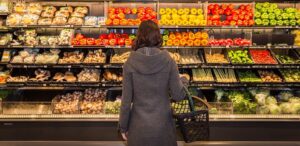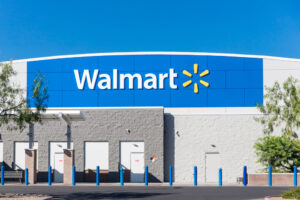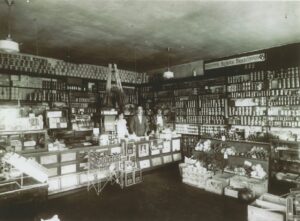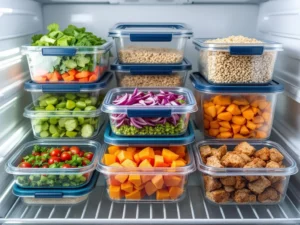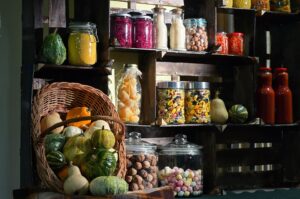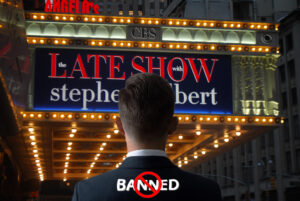
15. VEGAS OR BUST
Supermarkets are designed like casinos: clockless and nearly windowless expanses flooded with artificial light and Muzak, places where time stands still. Casinos force guests to navigate a maze of alluring gambling opportunities before they reach essential destinations: restaurants, bathrooms, exit doors.
Supermarkets are increasingly using the same techniques nowadays. The most essential staple foods like produce, bread, milk, and eggs, are placed in the back and perimeter of the store, forcing customers to walk past a plethora of tempting and unhealthy goods.
16. TURN YOUR BACK ON SNACKS
The densest collection of those temptations is found in the snack aisle, which on average packs in a waist-widening 446 calories per 100 grams of food. Cereals come in a close second, costing you 344 calories per 100 grams.
17. CHECK YOURSELF OUT
Using the self-checkout aisle could help not only your bank balance but your waistline. Impulse purchases drop by 32.1 percent for women—and 16.7 percent for men—when they use the self-checkout aisle, according to a study by IHL Consulting Group.
Eighty percent of candy and 61 percent of salty-snack purchases are impulse buys.
18. BUYING FOR YOUR EYEING
The top eight grocery chains now account for 50 percent of all supermarket sales, and with this increased influence, they’re demanding that manufacturers pay higher and higher slotting fees for premium shelf space to get consumer eyeballs on their products.
By some estimates, manufacturers shell out $100 billion a year in shelf fees, representing more than half of the supermarket industry’s profits.
19. BUYS WITHOUT CRIES
The cereal industry spends more money each year— $229 million—advertising to children than any other packaged food category, according to the Federal Trade Commission.
They deliberately place those sugar filled, refined carbs cereals with bright colorful packaging on the lower shelves so they are at the eye line of those impressionable kids.
So it might be an idea to leave the kids at home with a partner or grandparent unless you want them screaming down the aisles.
20. EYE BEFORE YOU BUY
Not only can bigger manufacturers afford better real estate, but they sometimes go out of their way to keep smaller manufacturers off the shelves or in disadvantageous locations.
In California, independent bakers filed a lawsuit accusing Sara Lee of paying supermarkets to relegate local bagel makers to only the top and bottom shelves.
So take the time to look around more as not only will you be helping the little guy but these lesser-known brands are often healthier and more affordable than their big-name counterparts.
21. LOOK HIGH, AND LOW
For a new product, the standard price of admission can run to up to $25,000 per item for a regional cluster of stores. Some have estimated the cost of rolling out a small product line in supermarkets nationwide at $16.8 million.
At those prices, only the biggest manufacturers can pay to get their products into the prime locations in the market, giving them more of a monopoly as brand leaders.
Always start by scanning the top and bottom shelves. In doing so you’ll find healthier options with more fiber, less sugar and less sodium.


